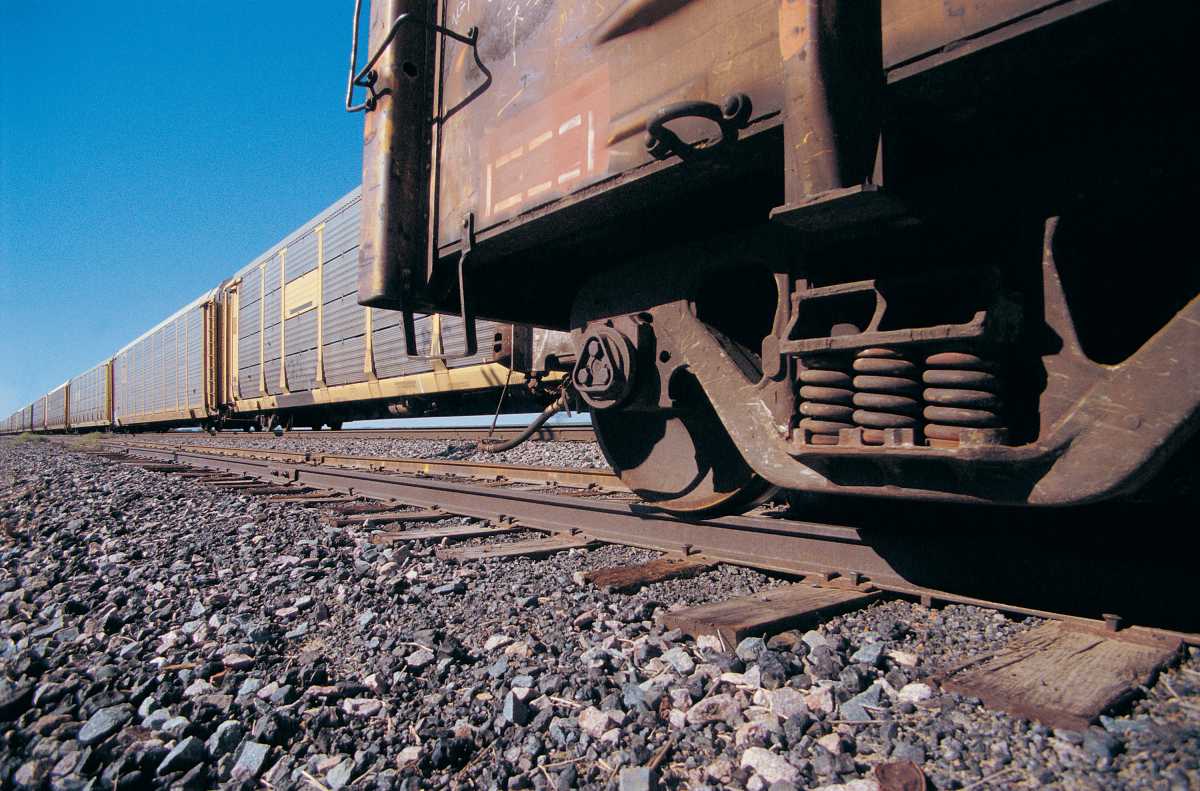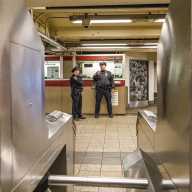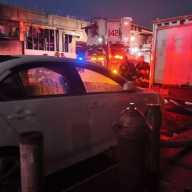Are they there yet?
The arrival of new, more efficient, cleaner running locomotives at the Fresh Pond Railyard in Glendale is taking far too long, according to local civic organizations.
In April, local lawmakers announced that $3 million was secured in the 2015 state budget to continue a program to overhaul old, state-owned freight locomotives. This was after they previously secured $6 million in the 2013 and 2014 state budgets into retrofitting two locomotives at the Fresh Pond Railyard.
No new locomotives have hit the tracks as of 2015.
Members of Civics United for Railroad Environmental Solutions (CURES) and the Glendale Property Owners Association (GPOA) want to know where these new train cars are, why they haven’t been introduced yet, and when they will actually be in operation.
“Every year the community has been promised that this is the year a new engine will be on the rails at Fresh Pond Yard, and substantially reduce air pollution in communities,” CURES said in a statement. “However, CURES was informed [on Dec. 21] that once again, in 2015 there will be no new engines.”
The communities have been asking for relief from locomotive pollution from the antiquated engines for over a decade. In 2001, Vito Maranzano, then-president of the GPOA, wrote a letter to New York & Atlantic Railroad, the company that operates the Fresh Pond Railyard, about resident complaints regarding air pollution.
“The NYS legislature has voted for three budget allocations for new engines, beginning with an allocation [former Assembly Speaker] Sheldon Silver sponsored in March of 2013,” CURES said. “These allocations now total about $9M. Every year we have been told that by the end of the year there will be a new engine, including this year. However, once again, in 2015, there will be no new engines.”
The train cars that currently operate at the Fresh Pond Yard are equipped with antiquated engines which meet the standards set by the Environmental Protection Agency (EPA) for 1970s locomotives and give off toxic emissions.
The new train cars are to be upgraded to meet the current EPA Tier 4 emissions standards, which are some of the highest in the country since the EPA changed their emission standards in 2000.
The enhancements to these train cars are expected to reduce nitrogen oxide emissions — a known byproduct of diesel engines linked to respiratory diseases — by up to 76 percent per year, or the equivalent of 120 tons of emissions over 10 years.
“The latest report from NYS Ways and Means is that four new engines will be on the rails by the end of the first quarter of 2016,” CURES said. “We and our elected officials have worked hard for this. We pray that it’s true and that the engines perform. But we’ve heard this promise for the last five years, and there are still no new engines at Fresh Pond Yard in 2015.”




































